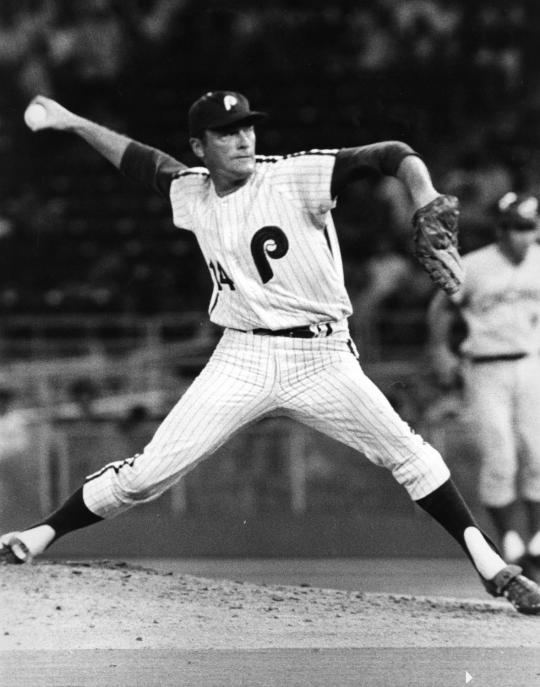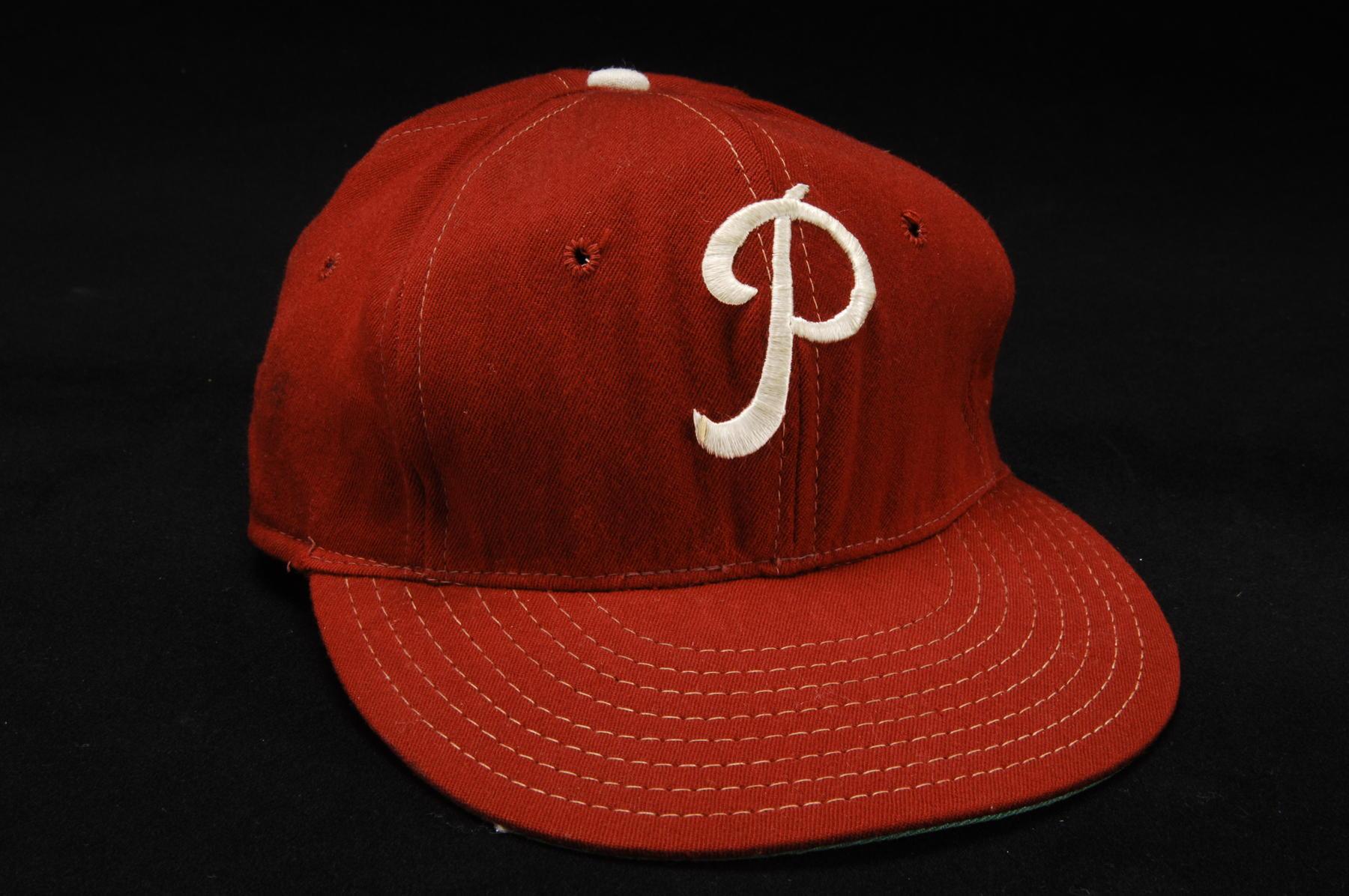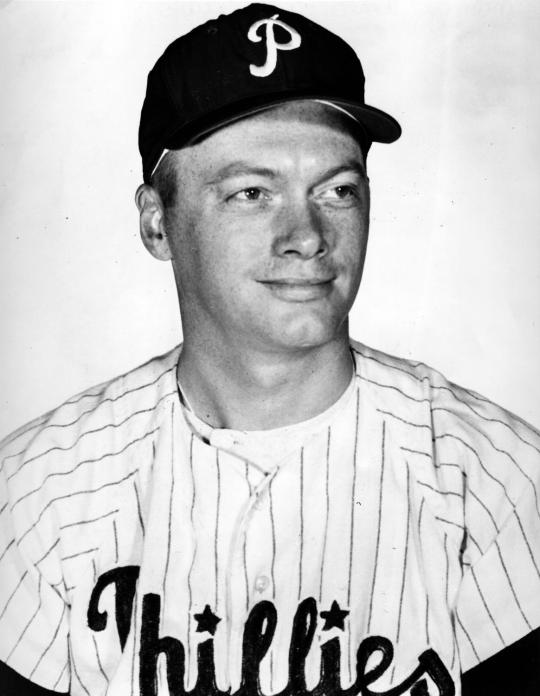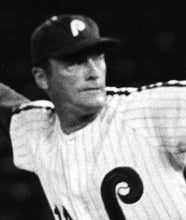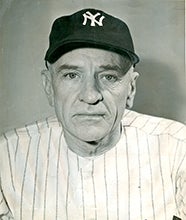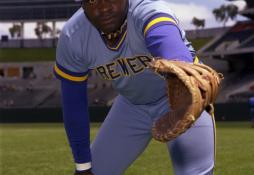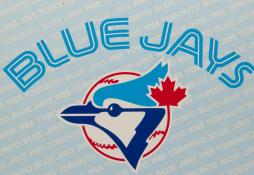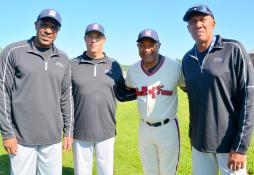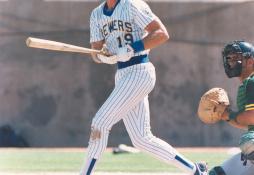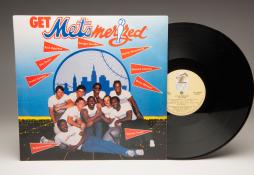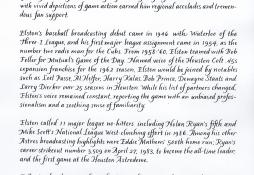“In his quest for a baseball dream – a perfect game, . . . This crowd is absolutely holding its breath.”
- Home
- Our Stories
- 50 Years of Perfection
50 Years of Perfection
Jim Bunning is still amazed at the power of his perfect moment.
More than fifty years after his Father’s Day perfect game, Bunning’s gem remains one of baseball’s greatest stories.
In the winter of 2014, Bunning found the original Phillies lineup card of that game from June 21, 1964 – Father’s Day – at Shea Stadium. Created by Philadelphia manager Gene Mauch, the lineup card had been stored away for some time and Bunning said it reinforced his memories.
“Well, I couldn’t believe it was 1880 – during the dead ball (era) – the last time there was a perfect game in the National League,” Bunning said. “It just blew me away.”
Bunning, a former United States Senator from Kentucky, was inducted into the National Baseball Hall of Fame in 1996.
Bunning’s memories of that first game of a doubleheader are as crisp as his slider and curve ball were against Casey Stengel’s New York Mets.
Bunning, who was the father of seven at the time, said with 93 degrees at the start of the early-afternoon game and 96 toward the end, he thrived in the steamy conditions.
“The hotter, the better. I loved it,” Bunning said.
By the third inning, he was “locked in” having gone through the Mets lineup. “Nothing was on my mind,” Bunning said.
By the fourth or fifth inning, Bunning wasn’t shy to tell his teammates what was at stake and instructed them to start diving at balls to make stops.
Former Phillies infielder Bobby Wine, a Long Island native, entered in the fifth at shortstop and remembers the vibe around the 32-year-old pitcher.
“‘Oh my God, don’t say anything,’” Wine remembers his teammates said to each other. “And Bunning was like ‘Let’s go.’”
As Frank Dolson pointed out in his 1998 book Jim Bunning: Baseball and Beyond, Bunning flirted with a perfect game a few weeks prior to the June 21 game. Bunning was perfect through six and two-thirds on May 29 against Houston before he lost the opportunity. He vowed if he was ever in a similar situation again, he would discuss it with his teammates.
“The other guys thought I was crazy, but I didn’t want anyone tightening up,” Bunning told Dolson about June 21. “Most of all, I didn’t want to tighten up myself.”
The closest call on Father’s Day came in the fifth when catcher Jesse Gonder hit a ball between first and second. Phillies second baseman Tony Taylor made a diving stop and was able to get Gonder in time.
“He calls me on the 21st of June almost every year,” Bunning said.
Bunning, who eventually became the father of nine, has fond memories of the game, which took two hours and 19 minutes and saw the Phillies win 6-0.
“The thing I remember when I went out for the ninth inning was the whole crowd was standing,” Bunning said.
Bob Murphy, the 1994 winner of the Hall of Fame’s Ford C. Frick Award for broadcasters, described the scene on WOR-TV at the start of the bottom of the ninth inning.
“In his quest for a baseball dream – a perfect game,” Murphy said during the Mets home telecast. “This crowd is absolutely holding its breath.”
Wine says he is still reminded of the pop fly he caught in foul territory on the third base side in the ninth off Charley Smith for the first out.
Bunning joked with Phillies catcher Gus Triandos after that first out when the two spoke on the mound.
“I said to Gus when there two outs to go, ‘Get your butt behind home plate,’” Bunning said.
Bunning struck out the last two hitters – both pinch hitters – on curve balls. He retired George Altman for the second out and got John Stephenson on three strikes to complete his perfect game.
When Stephenson swung and missed for strike three, Bunning threw his fist into his glove in celebration as he walked off the mound and was immediately greeted by his teammates.
“Oh what a happy scene for the Phils and Jim Bunning,” Murphy exclaimed.
The New York Times reported Bunning received a standing ovation for several minutes and the crowd chanted “We want Bunning! We want Bunning!”
Bunning said curtain calls were rare at the time and he doesn’t remember doing them anytime before or after in his career.
Bunning’s perfect game was the second no-hitter of his career. He threw a no-hitter for the Tigers on July 20, 1958 against Boston when he retired Ted Williams for the final out.
His perfect game was the first in the National League since Providence’s John Ward on June 12, 1880. Bunning and Pittsburgh’s Bob Moose (1969) authored the only no-hitters thrown in the 45-history of Shea Stadium.
Bunning struck out 10 and of the 90 pitches he threw only 21 were out of the strike zone, according to Phillies historian Larry Shenk. The Mets hit four balls into the outfield and Bunning went to three balls in the count on two batters.
Bunning’s cap along with a game ball and ticket stubs from the game are preserved in the permanent collection at the National Baseball Hall of Fame and Museum.
Bunning, who was the second pitcher to record 100 wins and 1,000 strikeouts in both the American and National Leagues – following Hall of Famer Cy Young – estimates he made about $15,000 from endorsements from the game and received a $2,000 bonus at the end of the year from the Phillies.
Bunning won 224 games and was a seven-time All-Star selection; he retired in 1971.
“He was quite a competitor,” Wine remembered. “Guys tried to copy him by his work ethic. He’s one of a kind.”
Mike Dyer is a sports writer for the Cincinnati Enquirer
Related Stories
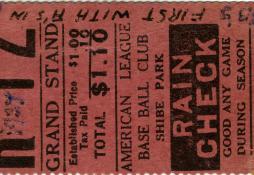
Just the Ticket for Cobb
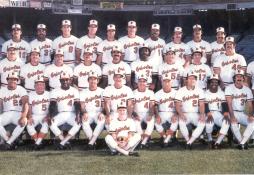
1983 Hall of Fame Game
Hall of Fame statue garden a gem hidden in plain sight
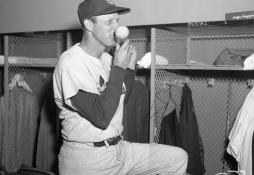
Musial passes Speaker on all-time hits list
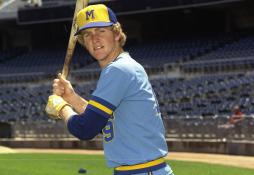
Robin Yount and Dave Winfield were picked No. 3 and No. 4 overall in the MLB Draft
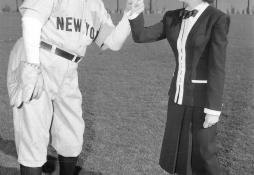
The Wright Stuff
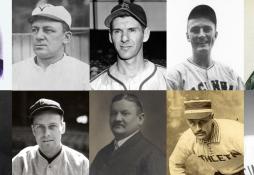
Ten Named To Pre-Integration Era Ballot for Baseball Hall of Fame Election

Bill Veeck, Eddie Gaedel and the Birth of Legend
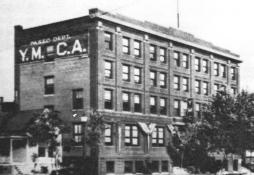
The Negro National League is Founded
Jeff Bagwell, Tim Raines, Iván Rodríguez Elected to Hall of Fame by Baseball Writers’ Association of America
01.01.2023
Two-Time MVP, Brewers Legend Robin Yount Joins Lineup for May 23 Hall of Fame Classic
01.01.2023

